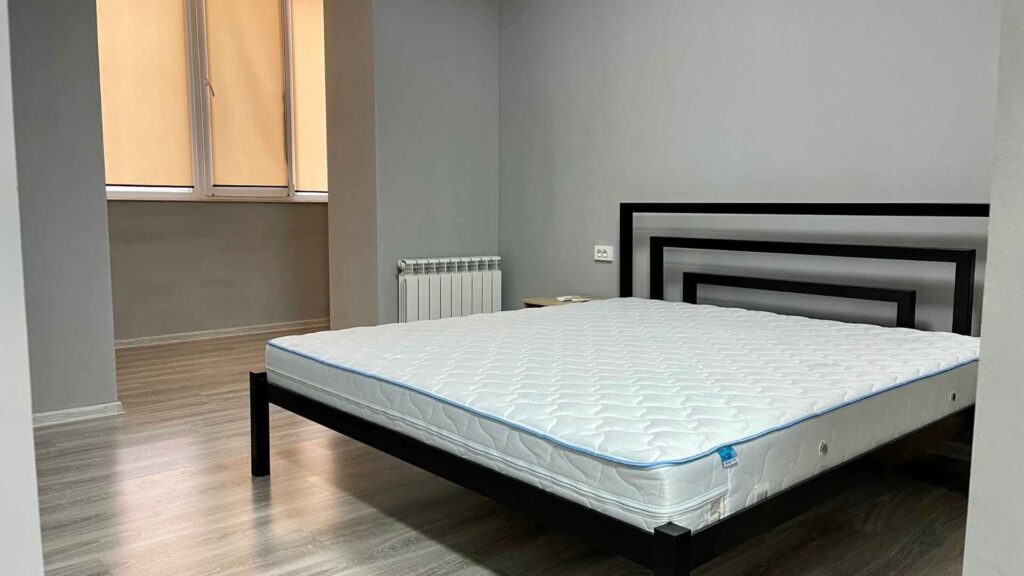Table Of Content
ToggleEver woken up to find tiny, unwelcome visitors crawling across your sheets? Ants in bed are a disturbing and frustrating experience. But fear not, weary sleeper!
This guide will equip you with the knowledge to banish these six-legged intruders and reclaim your peaceful slumber.
These industrious insects can sneak into your bed through various openings:

More than just unwanted guests, ants are drawn to your bed for specific reasons:
Here’s how to detect an ant invasion in your bedroom:
Eliminate Ants Effortlessly: Contact Our Pest Control Services!
Maintaining a clean and secure environment is key:

Once you’ve identified an infestation, don’t despair! Here’s a multi-pronged attack to banish those bed-invading ants and reclaim your sleep sanctuary:
Remember, combining these methods often yields the best results. Act swiftly to disrupt the ant activity and eliminate the attractants that lured them to your bed in the first place.
Turn Your Home Ant-Free: Expert Help is Just a Phone Call Away!
If the infestation is severe, persistent, or involves fire ants, consider calling a professional pest control service. We can identify the ant species, locate the nest, and implement targeted treatments to ensure a complete elimination.
A professional will likely use a combination of baits, sprays, and other methods depending on the type and severity of the infestation. You can expect a significant reduction in ant activity within a few days, with complete elimination following consistent treatment.

As a pest control expert, I’ve seen firsthand the disruption ants in bed can cause. By understanding their motivations, implementing preventative measures, and taking swift action upon discovery, you can reclaim your bed as a peaceful and ant-free zone.
Remember, a clean and secure environment is the best defense against these tiny invaders. Regularly monitor your bedroom for signs of ants, and take prompt action to prevent a full-blown infestation and ensure a good night’s sleep!
Ants are in your bed because they are attracted to food crumbs, moisture, or other sources of nourishment. Ants often invade indoor spaces, including beds, when they detect food particles or sugary substances. Moisture and a safe nesting spot can also draw ants to your bed.
To stop ants from getting on your bed, eliminate any food crumbs and spills, keep your bedroom clean, and create barriers. Ensure there is no food or sugary substances near your bed, regularly vacuum and clean the area, and use natural repellents like vinegar or essential oils around the bed frame to deter ants.
To get rid of tiny ants from a mattress, thoroughly clean the mattress and surrounding areas, and use ant repellent solutions. Strip the bed and wash all bedding in hot water, vacuum the mattress, and treat the mattress and bed frame with a mixture of water and vinegar or a commercial ant spray. Keep the area dry and free of food to prevent re-infestation.
You suddenly have tiny ants because they have discovered a new source of food or moisture in your home. Ants are drawn to accessible food, water, or nesting sites, and even small changes in cleanliness or environment can attract them. Check for spills, food crumbs, and areas of high moisture that may be inviting ants into your home.
Your trusted pest control experts in Southern California. Keeping your neighborhood pest-free!